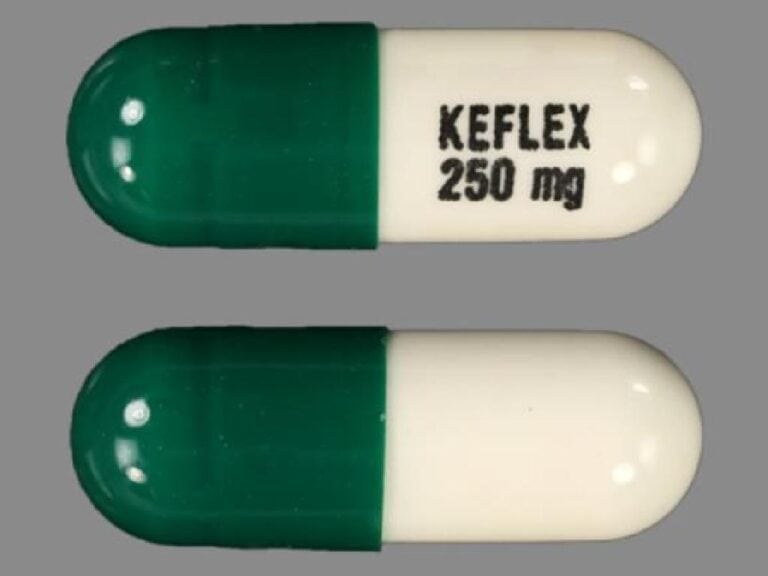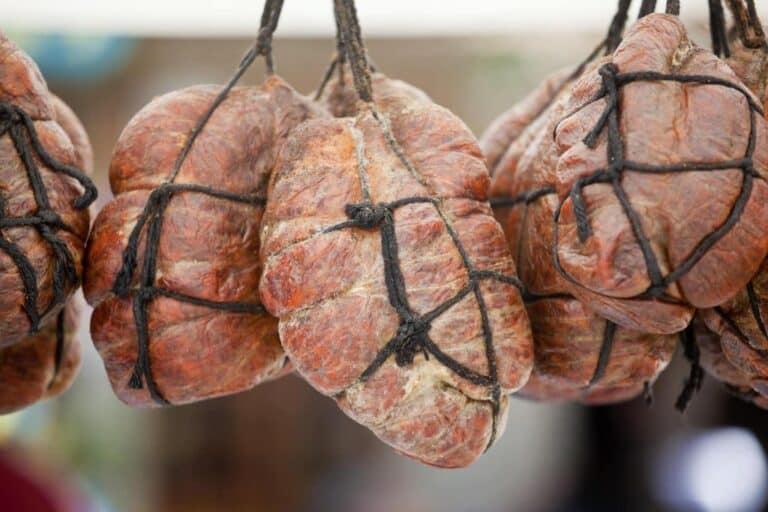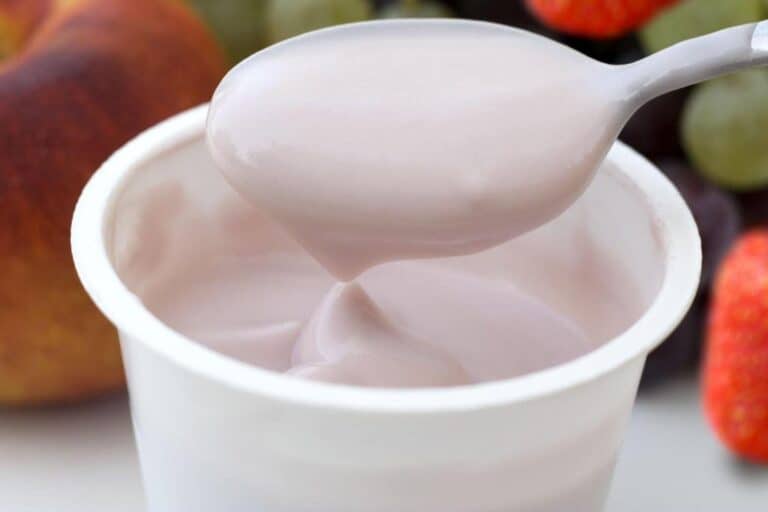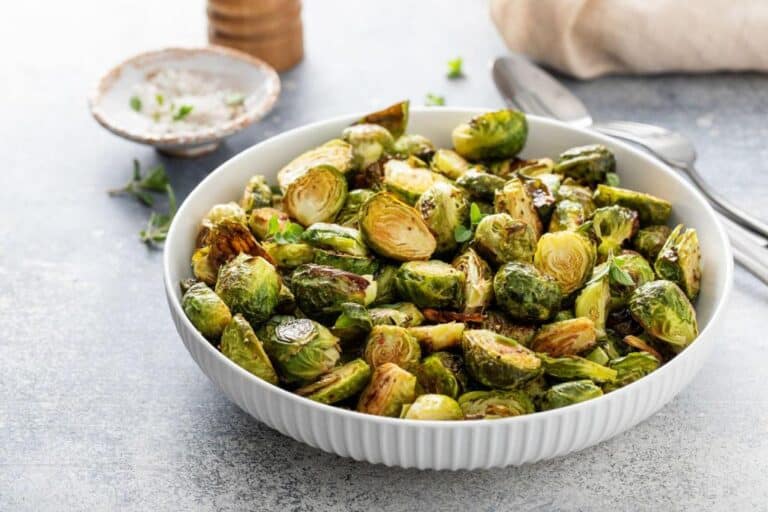Can You Eat Rambutan Seed Skin? Is Its Peel Edible and Safe to Eat?
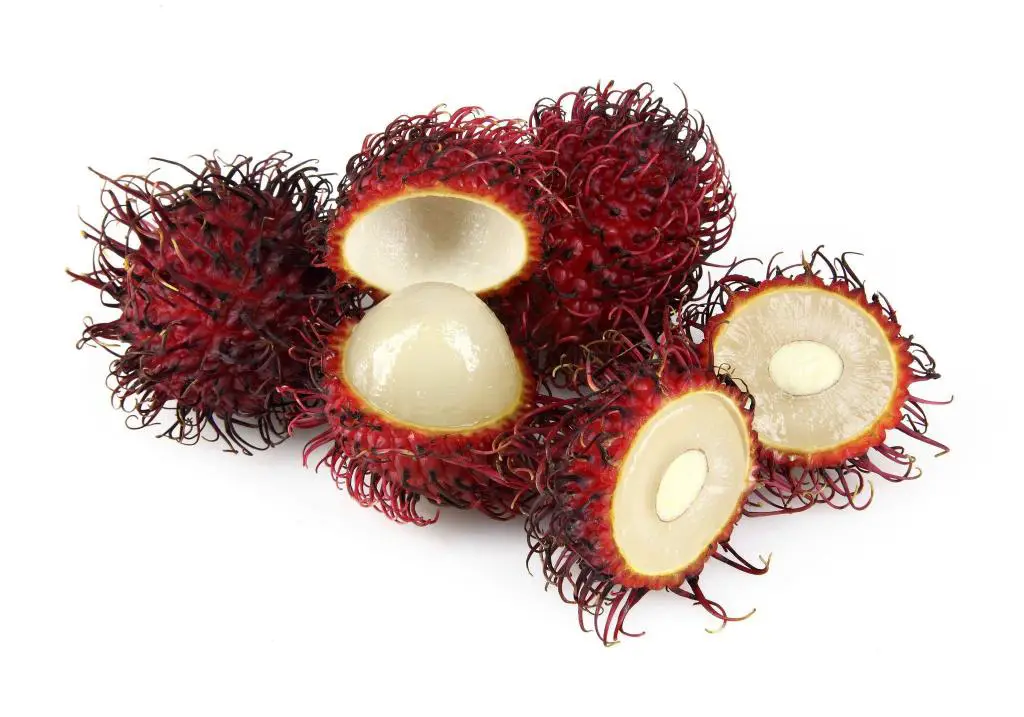
When it comes to tropical fruits, the rambutan stands out with its unique appearance, delightful taste, and impressive nutritional profile. But have you ever wondered about the lesser-known parts of this fruit, such as the seed and peel? Can you eat rambutan seed skin?
In this article, we’ll delve into the details of the rambutan, exploring its seed composition, the edibility of its peel, and the safety considerations related to consuming these parts.
Get ready to embark on a journey of taste and exploration as we delve into the heart of the matter: Is the rambutan peel a palatable delight or something to be left behind? From traditional recipes to innovative twists, we’re about to uncover whether the rambutan’s peel not only graces our dishes but also brings a burst of flavor and nutrition to our plates.
The Rambutan: A Tropical Temptation
Before we plunge into the heart of the matter, let’s take a moment to appreciate the beauty and allure of the rambutan. This fruit, native to regions like Malaysia, Indonesia, and Thailand, is a distant relative of the lychee.
Its name, derived from the Malay word “rambut,” meaning hair, aptly describes its appearance – a spiky shell covered in soft, hair-like protrusions. Its distinctive appearance, characterized by hairy skin and a vibrant color range from green to red, makes it easily recognizable.
You discover translucent, juicy flesh with a sweet and slightly tangy flavor when you peel away the hairy exterior. The journey of indulgence begins as you peel away this exotic armor to reveal the succulent, translucent flesh within. But hold on a moment—what about those seeds, and the skin that clings to them?
Beyond its delightful taste, rambutan is a nutritional powerhouse, containing a variety of vitamins, minerals, and antioxidants.
Related: Can You Eat Lychee Skin?
Rambutan Composition
Here is a breakdown of the composition of rambutan:
- Rambutan has the following composition: 26.4% of total weight, 14.2% peel, 2.59% seed, 12.1% pulp, and 1.56% embryo on a dry basis.
- Rambutan fruit is 78% water, 21% carbohydrates, 1% protein, and has negligible fat.
- Rambutan fat and oil extracts contain mainly palmitic, stearic, arachidic, and behenic acids.
- Rambutan seeds have a high fat content, with 38.9% fat. They also contain proximate composition with moisture content, crude protein, crude fiber, lipid, carbohydrate, and ash content.
- Rambutan peel contains ellagic acid, corilagin, and geraniin.
Overall, rambutan is a nutritious fruit that can provide various health benefits.
Can You Eat Rambutan Seed Skin?
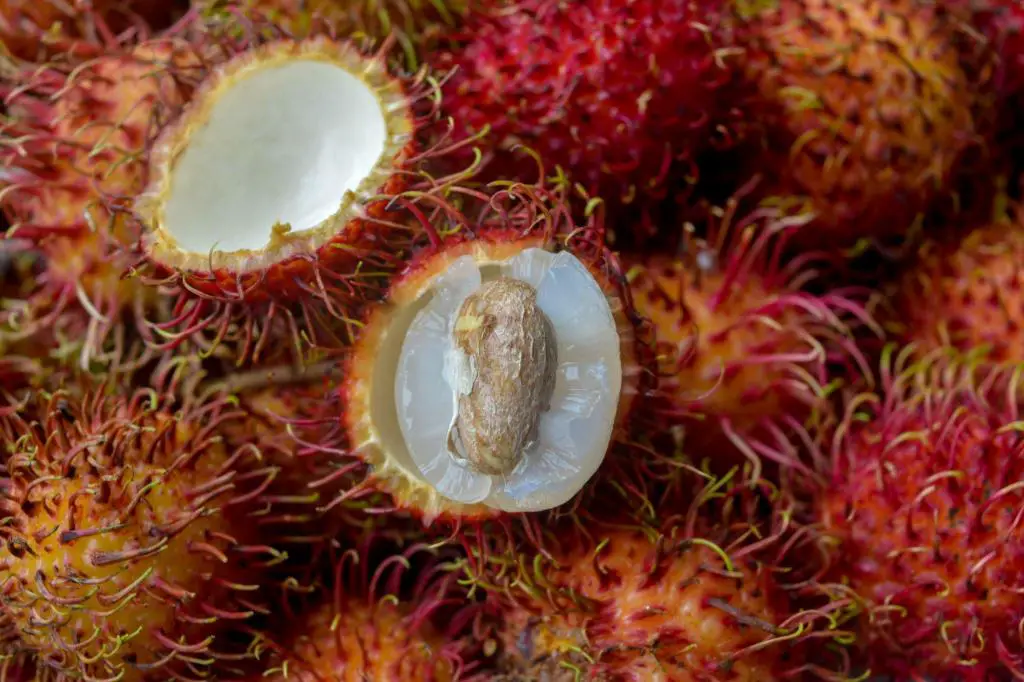
Picture this: you’re savoring the juicy goodness of a ripe rambutan, and as you encounter the seed, you wonder if the skin covering it is worth a nibble. The rambutan seed skin is thin, slightly bitter, and might seem harmless. However, here’s the catch: while it’s not toxic, it isn’t particularly appetizing either.
In Southeast Asia, where rambutans are commonly consumed, some people do eat the seed skin, often after roasting or boiling them. These methods can slightly alter the taste and texture, making the skin more palatable.
But if you’re a newcomer to the rambutan experience, you might want to stick to enjoying the sweet, juicy flesh and discarding the seed skin. It’s a matter of personal preference, and there’s no shame in skipping the skin if it doesn’t suit your taste.
Preparing Rambutan Seed Skin for Consumption
Making use of rambutan seed skin into your culinary adventures requires a few simple steps. Here’s a guide to preparing and enjoying this often-overlooked part of the fruit:
- Peel and Clean: Start by peeling the rambutan skin and separating the seed from the flesh. Wash the seed skin thoroughly to remove any residual fruit or debris.
- Boil or Roast: Boiling or roasting the seed skin for a brief period can soften its texture and mellow out any bitterness. This step can also enhance the flavors.
- Season and Enjoy: Once boiled or roasted, you can season the seed skin with your choice of spices, herbs, or a touch of salt. Enjoy it as a snack or incorporate it into salads for an extra crunch.
The Rambutan Peel: Edible or Not?
Now, let’s turn our attention to the rambutan’s peel—that spiky, hairy exterior that guards the treasure within. Is it something you can sink your teeth into, or should it be left behind like the rind of a watermelon?
Unlike some fruits with tough, inedible peels, the rambutan’s peel is actually edible—to some extent. However, before you start munching away, there are a few things to consider. The peel is quite bitter and might not deliver the delightful taste you expect from the fruit. It’s also rather tough, which can make it a challenge to chew and digest.
The bitterness of the rambutan peel comes from certain compounds that might not sit well with everyone’s taste buds. However, there are ways to make using the peel more enjoyable if the idea intrigues you. Some people candy the peel, turning it into a sweet treat. Others infuse it into syrups or teas, using its unique flavor to enhance their culinary creations.
Safety First: Rambutan Consumption Tips
As with any food, it’s important to exercise caution and moderation. While rambutans are generally safe to eat, here are a few tips to ensure a pleasant and enjoyable experience:
- Peel with Care: When peeling the rambutan, be mindful of the spikes. Use a knife to create a shallow cut around the circumference of the fruit, then gently pry open the shell.
- Discard the Seed Skin: If you choose to eat the seeds, it’s best to remove the thin skin to avoid any bitterness.
- Experiment in Moderation: If you’re curious about the peel or the seed skin, try small amounts first to gauge your preference and any potential reactions.
- Opt for Ripeness: Ripe rambutans are sweeter and more flavorful. Look for vibrant colors and a slightly soft shell when selecting your fruit.
Some Culinary Recipes Using Rambutan
Rambutan, with its sweet and juicy flesh, is a tropical fruit that can add a burst of exotic flavor to various culinary creations. Here, we explore three delightful recipes that incorporate this unique fruit, perfect for satisfying your taste buds.
1. Rambutan Salsa:
- Start by peeling and deseeding rambutans, then chop them finely.
- Combine rambutans with diced red onion, cilantro, and a squeeze of lime juice.
- Add a touch of minced jalapeño for a hint of heat, and season with salt and pepper.
- Serve this vibrant salsa with tortilla chips or alongside grilled chicken or fish for a refreshing, tropical twist.
2. Rambutan and Spinach Salad:
- Toss fresh baby spinach leaves with rambutan segments, toasted almonds, and crumbled feta cheese.
- Drizzle a simple dressing made from olive oil, balsamic vinegar, and honey over the salad.
- The sweet and tangy flavors of rambutan complement the earthiness of spinach beautifully, making it a delightful side dish or a light meal.
3. Rambutan Smoothie Bowl:
- Blend rambutans with frozen banana, Greek yogurt, and a splash of coconut milk until smooth.
- Pour the creamy mixture into a bowl and top it with granola, sliced strawberries, and a sprinkle of shredded coconut.
- This tropical smoothie bowl is a nutritious and visually appealing breakfast or snack option.
Common Misconceptions about Rambutan Peel and Seed Skin
Let’s address some common misconceptions that might surround the consumption of rambutan peel and seed skin:
- Myth: Rambutan peel and seed skin are toxic.
Fact: Both are safe to eat, but they might have a slightly bitter taste. Cooking or seasoning can enhance their palatability.
- Myth: Rambutan peel and seed skin offer no nutritional value.
Fact: They contain dietary fiber, antioxidants, and various nutrients that contribute to health benefits.
- Myth: Consuming seed skin can cause digestive issues.
Fact: In moderation, rambutan seed skin is unlikely to cause digestive problems and might actually promote healthy digestion.
Understanding the truth behind these misconceptions empowers you to make informed decisions about incorporating rambutan peel and seed skin into your diet.
In Conclusion: A Culinary Adventure
The rambutan, with its exotic charm and delectable flesh, offers a culinary adventure like no other. While the seed skin might be an acquired taste and the peel a bit of an acquired challenge, there’s no harm in exploring these facets of the fruit. Remember, taste is subjective, and your preference might just be the unique twist that adds to the rich tapestry of rambutan lore.
So, can you eat rambutan seed skin? Indeed, you can, but whether you should depends on your taste buds. As for the peel, it’s edible with a catch – its bitterness and tough texture might not be everyone’s cup of tea.
Whether you’re a rambutan connoisseur or a first-time adventurer, the choice is ultimately yours to make. Embrace the exploration, relish the sweetness, and savor every bite of this tropical treasure.
FAQs on Rambutan Peel’s Nutritional Value
What nutrients are found in rambutan seed skin?
Rambutan seed skin contains dietary fiber, antioxidants, and various nutrients that contribute to its nutritional value.
Are there any traditional recipes that use rambutan peel?
Yes, rambutan peel can be used in traditional recipes like jams, chutneys, and candied treats in some cultures.
Can consuming rambutan peel cause allergies?
While allergic reactions are rare, individuals with fruit allergies should approach rambutan peel with caution and consult a healthcare professional if necessary.
What nutrients are found in rambutan seed skin?
Rambutan seed skin contains dietary fiber, antioxidants, vitamins, and minerals that contribute to its nutritional value.
Are there traditional remedies involving rambutan seed skin?
Yes, some cultures have used rambutan seed skin in traditional remedies for stomach issues and skin conditions.
How do I prepare rambutan seed skin for consumption?
Peel the skin, wash the seed, and then boil or roast the seed skin before seasoning and enjoying it.
Are rambutan seed skin and peel toxic?
No, they are safe to eat. The bitterness can be managed through cooking and seasoning.
Can consuming rambutan seed skin cause digestive problems?
Can consuming rambutan seed skin cause digestive problems?


